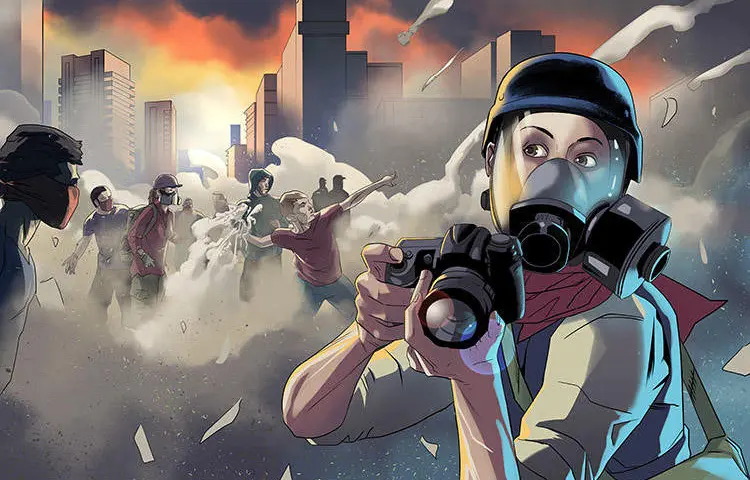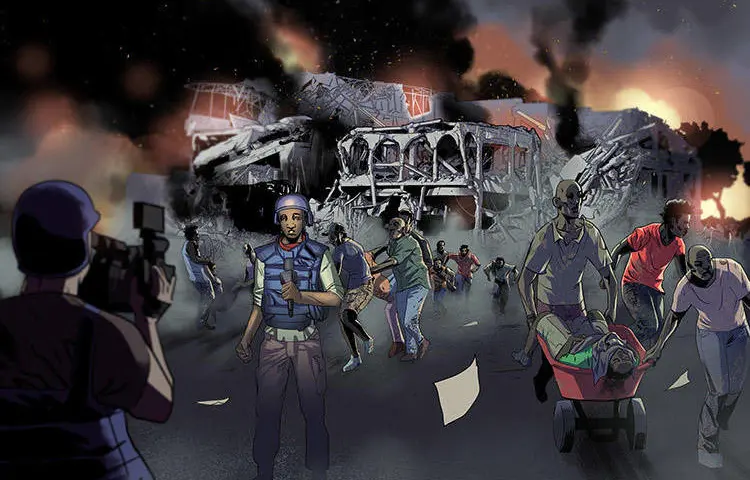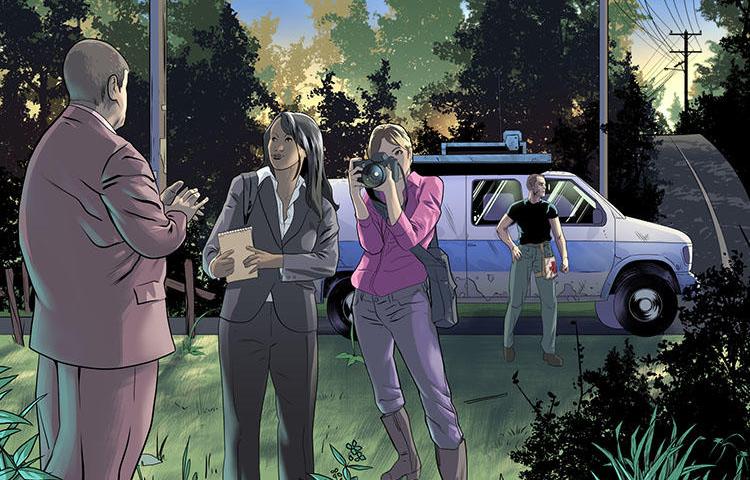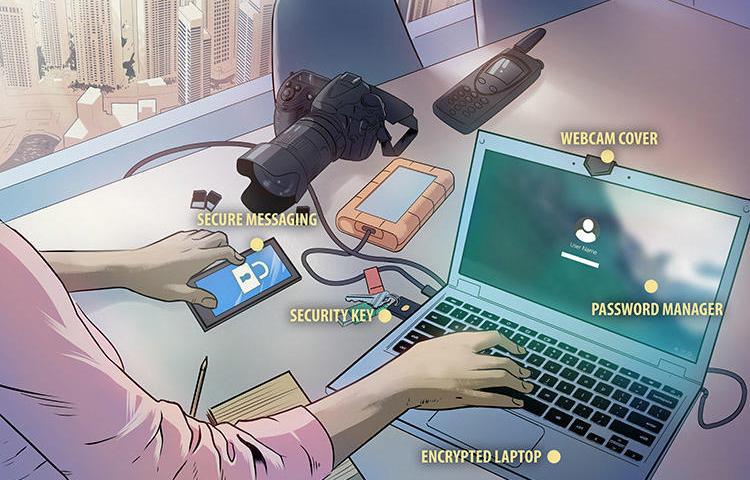Safety Notes
2018
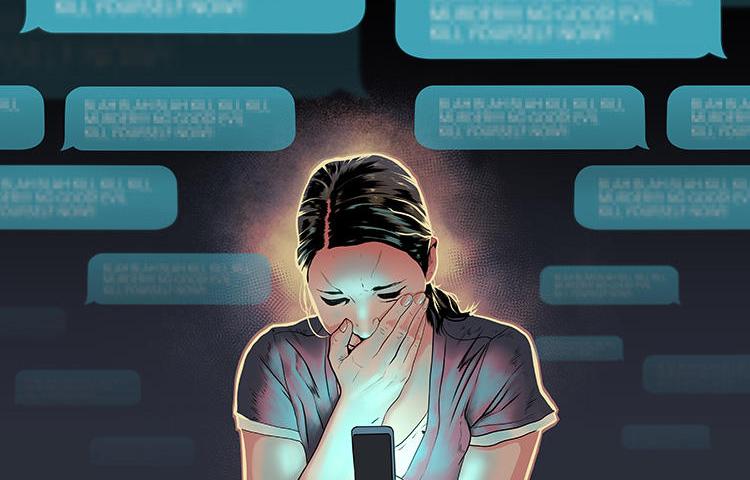
Digital safety: Protecting against online harassment
Journalists are frequently at risk of being targeted online for their work. Media workers who cover issues such as the alt-right, politics and contentious elections, as well as movements linked to race or gender are at higher risk of being attacked online.
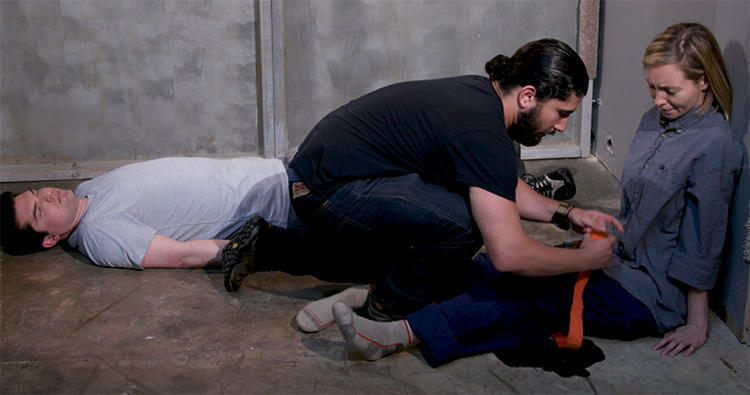
First aid videos
Journalists face the risk of serious injuries while on both dangerous and routine assignments. In situations when emergencies lead to severe injury, journalists should be prepared to deal with medical complications in order reduce the severity of injuries and to save both their lives and the lives of their colleagues.
